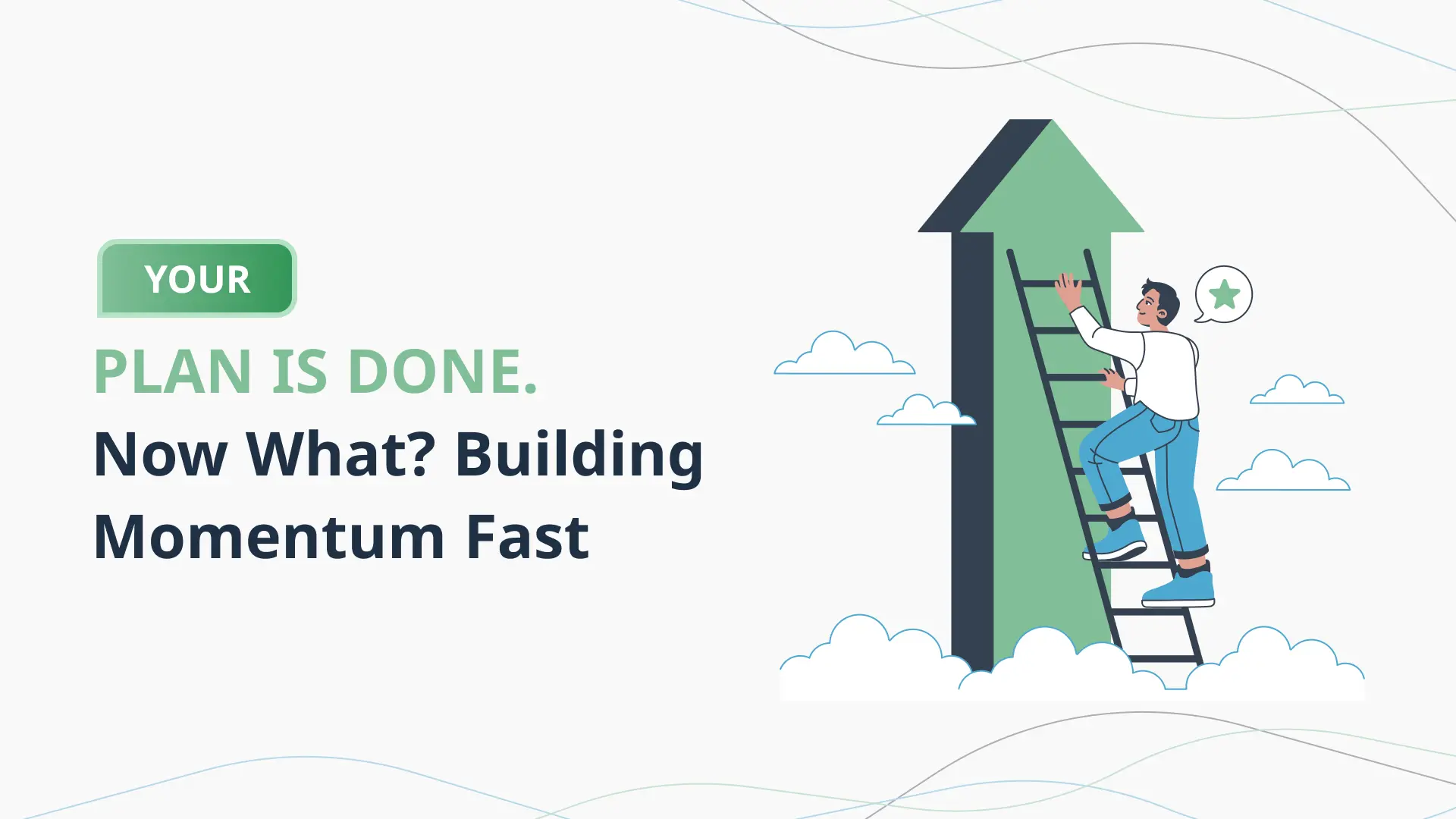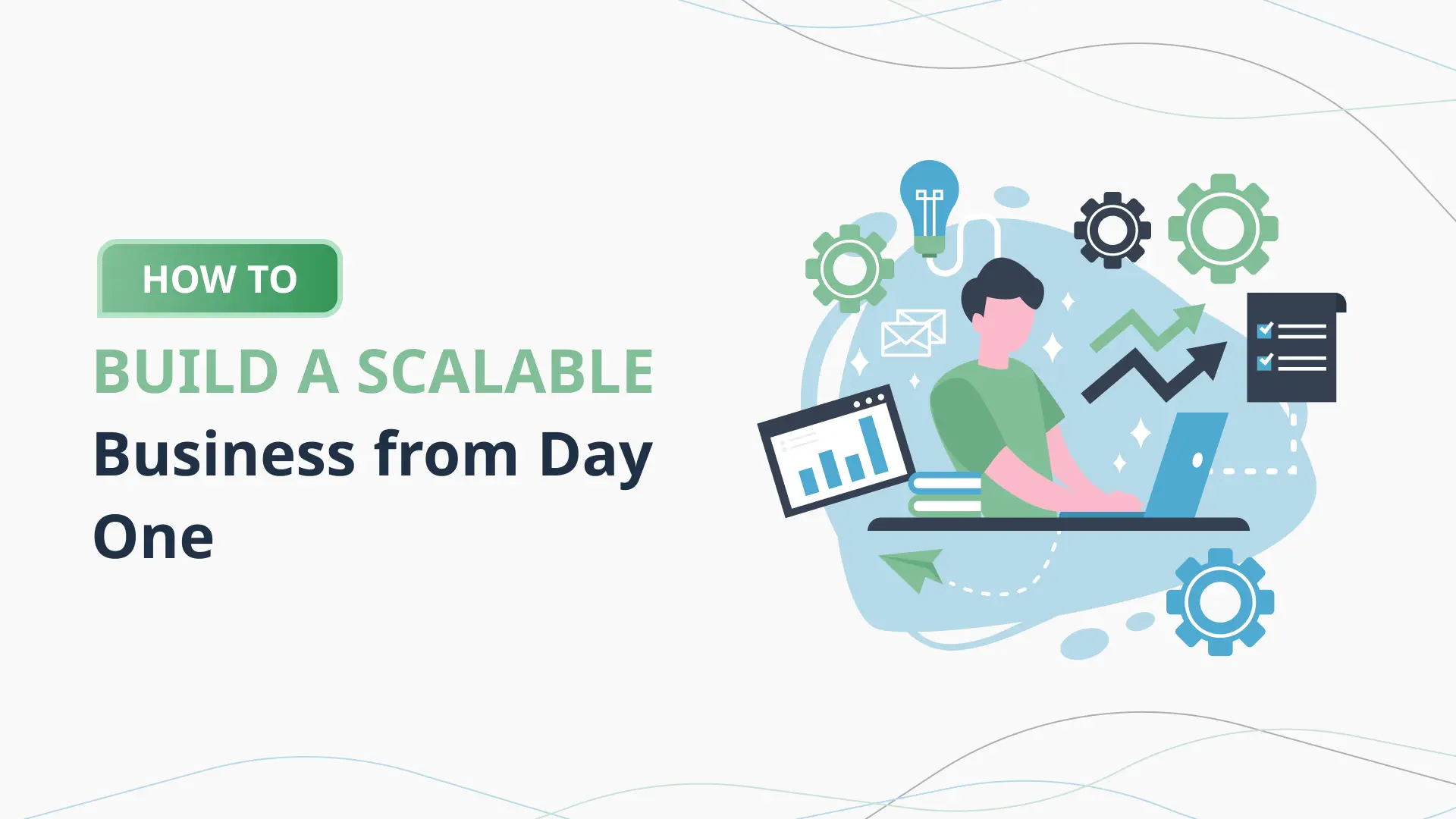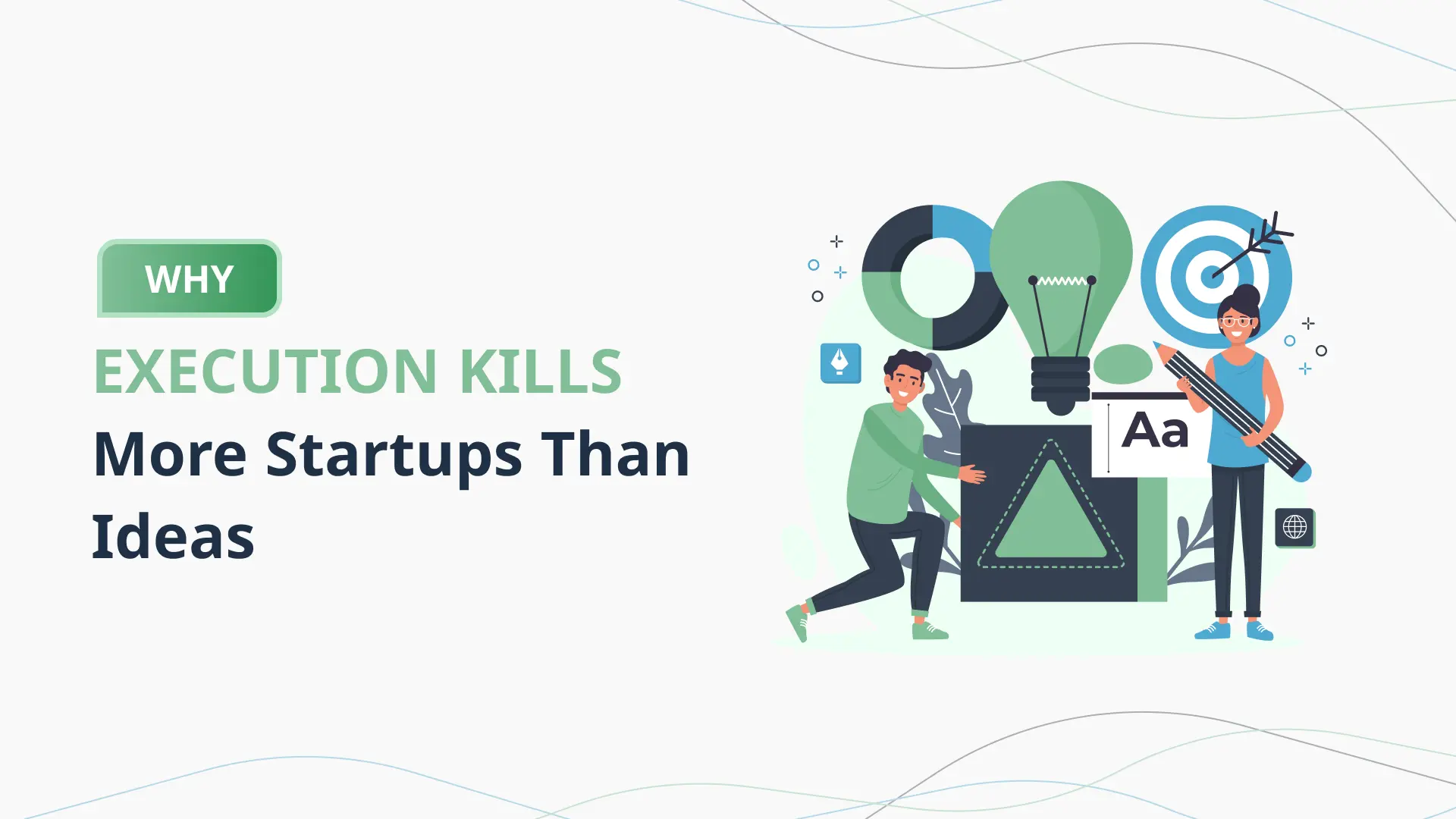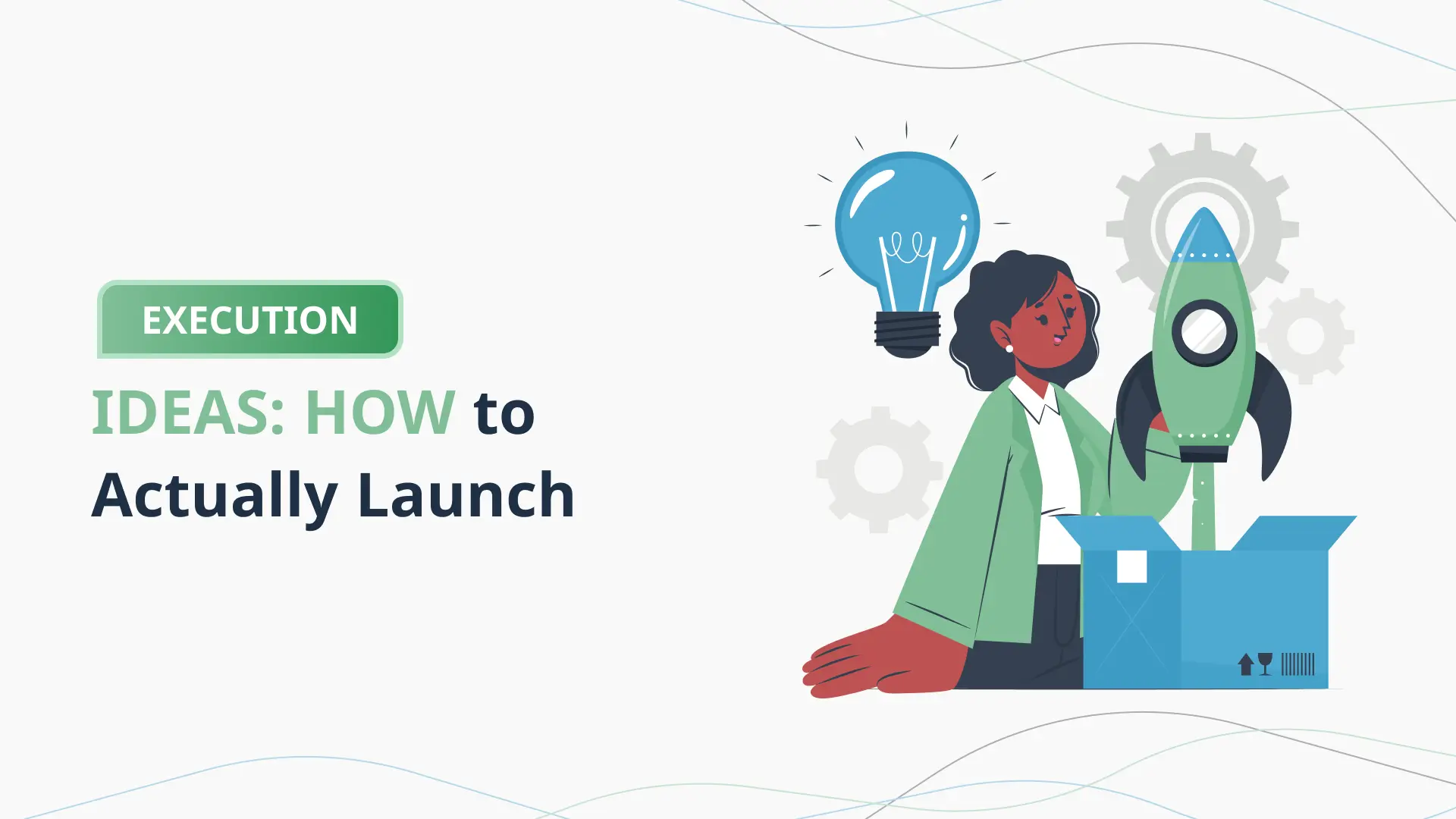What to Do After You Finish Your Business Plan

Introduction: The Journey Beyond the Plan
You’ve spent weeks—perhaps even months—pouring over market research, refining your mission statement, crafting financial projections, and articulating your go-to-market strategy. After countless revisions and sleepless nights, your business plan is finally complete. Take a moment to celebrate—finishing a business plan is a significant milestone. But now, the real question emerges: what’s next?
Completing your business plan isn’t the finish line; it’s the starting block. Like mapping out a road trip, the business plan gives you direction, outlines possible routes, and warns you about potential detours. But the real adventure begins the moment you start the engine. The post-business-plan phase is where strategy transforms into execution—where your idea meets the market and your leadership gets tested in the real world.
Many entrepreneurs fall into the trap of thinking that once the business plan is written, success will follow automatically. That’s far from the truth. The plan is static; the business environment is not. Markets shift, competitors move, customers change, and technology evolves. To thrive, your startup needs to be agile, responsive, and grounded in a clear but flexible roadmap. The plan is just that—a guide. Now it’s time to build, adapt, and grow.
This phase—often the most exhilarating and daunting part of the entrepreneurial journey—requires a blend of strategic thinking, resource acquisition, team building, and operational setup. It’s where vision meets logistics. It’s about turning blueprints into buildings, ideas into actions, and projections into profits.
Over the next sections, we’ll dive deep into what you should do after completing your business plan. We’ll walk through the essential steps, from reviewing and refining your strategy to securing funding, building a stellar team, developing operational systems, launching your product or service, and finally, monitoring and adapting to performance metrics. Along the way, we’ll provide real-world examples, highlight common challenges, and explore how AI-driven tools like the PlanVista app can streamline and enhance each phase of this journey.
By the end of this guide, you’ll not only understand what comes after writing your business plan—you’ll be equipped to take confident, informed steps toward building a thriving business. Whether you’re launching your first startup or revisiting a previous venture with a fresh plan, this post-business-plan roadmap will keep you grounded, focused, and ready to execute.
So buckle up. Your business plan is just the beginning. What you do next will define your entrepreneurial success.
Review and Refine Your Business Plan
You’ve crafted a detailed business plan—congratulations! But before you sprint into execution mode, pause. One of the most crucial steps after finishing your business plan is taking the time to review and refine it. Think of this stage as tightening the bolts before takeoff. A solid plan isn’t just a document to show investors—it’s your startup’s strategic compass. And compasses need calibration.
Markets are fluid. By the time your plan is finished, the competitive landscape may have shifted, a new regulation might be on the horizon, or consumer preferences could have taken a turn. Your plan should reflect the latest information and be positioned to adapt. This is where a second, critical look comes in.
Revalidate Market Assumptions
Start by revisiting your market research. Are the trends, customer personas, and pain points you initially outlined still relevant? If you based your plan on a specific economic condition or industry forecast, double-check that those projections still hold. A shift in market dynamics can dramatically impact your pricing model, customer acquisition strategy, or even product viability.
A great way to stay updated is to use AI-powered research tools. These tools, including the PlanVista app’s real-time insights feature, can keep your business plan in sync with market movements. You’ll get instant updates on industry trends, competitor activities, and customer sentiment—all without having to dig through mountains of data.
Gather Constructive Feedback
You’re deeply familiar with your business plan—but that closeness can create blind spots. Now’s the time to bring in fresh eyes. Share your plan with mentors, advisors, industry experts, and even potential customers. Ask tough questions: Where are the risks? What assumptions feel weak? What parts are confusing or over-ambitious?
Encourage critical thinking. A trusted mentor might spot a gap in your go-to-market strategy, or an investor could highlight unrealistic financial projections. Feedback is invaluable, not as criticism, but as an opportunity to strengthen your business foundation.
Refine Financial Projections
Your financials are a vital part of your plan—and the most likely area to draw scrutiny. Revisit your revenue model, cost assumptions, and cash flow forecasts. Are they still feasible given any new information? Are there hidden costs you’ve overlooked, like logistics expenses or software subscriptions?
Use AI-driven financial modeling tools, like those in the PlanVista business plan generator, to stress-test your numbers. These tools can simulate different economic scenarios, helping you understand how inflation, supply chain issues, or customer churn could impact your bottom line.
Keep It Living
A business plan should never gather dust. Treat it as a living document. Schedule regular reviews—monthly or quarterly—to revisit your goals, metrics, and market assumptions. As your business evolves, so should your plan.
The initial review and refinement phase is your opportunity to catch potential issues before they become costly mistakes. More importantly, it sharpens your focus and prepares you to tackle the next stage with confidence. With a refined, validated business plan in hand, you’re not just ready to launch—you’re ready to lead.
Secure Funding and Resources
Once your business plan is polished and validated, the next critical step is securing the resources to bring it to life—starting with funding. A brilliant plan won’t get far without the financial means to support development, marketing, operations, and staffing. In this stage, your job is to convert vision into viability by acquiring the capital and resources your startup needs to take off.
Understand Your Funding Needs
Start with a clear understanding of how much funding you need and what it will be used for. Break down your requirements into categories: product development, marketing, operations, human resources, and contingency reserves. This clarity not only helps you plan better but also gives potential investors confidence in your financial acumen.
Using a startup planning tool like PlanVista can simplify this process. It allows you to itemize costs, forecast funding gaps, and generate professional-grade financial reports, giving you a solid foundation when you begin reaching out to funding sources.
Explore Diverse Funding Options
There’s no one-size-fits-all when it comes to startup funding. Your strategy should reflect your business stage, industry, and growth potential.
- Bootstrapping: Many founders begin by using personal savings or income from early customers. This method gives you full control but can strain your finances and limit scalability.
- Loans and Grants: Consider small business loans, lines of credit, or government grants. Programs like the SBA (Small Business Administration) in the U.S. provide accessible funding to startups with feasible plans and good credit.
- Angel Investors and Venture Capital: If you have a high-growth idea, pitching to investors might be the right move. Be prepared with a solid pitch deck, and be ready to discuss your business plan’s details, especially your financial projections and go-to-market strategy.
- Crowdfunding: Platforms like Kickstarter and Indiegogo are ideal for product-based startups with strong visual appeal or unique innovation. Crowdfunding also doubles as a marketing strategy, giving you visibility and customer feedback early on.
Assemble Your Resource Arsenal
Beyond capital, you’ll need tools, technology, and maybe even physical infrastructure to start operations. This could include software subscriptions (like CRM tools or accounting systems), office equipment, inventory, or manufacturing space.
Creating a detailed resource plan ensures you’re not caught off-guard by hidden costs or missing capabilities. AI business plan tools like PlanVista help entrepreneurs anticipate these needs by providing checklists and smart suggestions based on your industry and business model.
Build Relationships with Vendors and Partners
Your resource strategy should also include building strong relationships with suppliers, service providers, and strategic partners. These collaborations can offer not just better pricing, but also insider knowledge, operational support, and co-marketing opportunities.
For instance, if you’re launching a fashion brand, partnering with a reliable textile supplier or logistics provider can streamline your supply chain and improve margins.
Final Thoughts
Securing funding and resources isn’t just about acquiring money—it’s about assembling the right foundation to support your growth. It involves foresight, negotiation, and a willingness to explore multiple pathways. The right resources, used wisely, can transform a solid plan into a sustainable business. And with smart tools like PlanVista guiding your financial planning and resource management, you’re already ahead of the curve.
Build Your Team
A business plan outlines your vision, but people bring that vision to life. Assembling the right team is one of the most critical steps after completing your business plan. It’s not just about filling roles—it’s about creating a culture, aligning on goals, and building the human foundation that will carry your startup through challenges and into success.
Define Your Organizational Needs
Start by identifying the key roles that are essential to your business’s early operations. Use your business plan as a guide—especially your operational, sales, and financial projections—to pinpoint what kind of expertise you’ll need. Typical roles in early-stage startups include operations managers, product developers, marketers, customer service reps, and finance/accounting personnel.
Avoid the common mistake of over-hiring or under-hiring. Hiring too fast can burn through your budget; too slow, and you risk missing key opportunities. Tools like the PlanVista app’s team builder feature can help you map out role requirements based on your business model, providing a clear roadmap for scalable team growth.
Hire for Culture, Not Just Skills
Technical skills are important, but in a startup, attitude, adaptability, and alignment with your mission can be even more crucial. Look for people who believe in your vision, who are excited to build something from the ground up, and who are ready to wear multiple hats.
Conduct structured interviews that assess not just expertise but also problem-solving abilities, cultural fit, and team collaboration. Ask how candidates handle ambiguity or how they’ve dealt with high-pressure environments in the past. These are the scenarios your startup will face, and you need people who can thrive in them.
Utilize Smart Hiring Tools
Recruitment doesn’t have to be overwhelming. Leverage hiring platforms and AI-driven tools that streamline candidate sourcing, screening, and onboarding. For example, applicant tracking systems (ATS) integrated with AI can help shortlist candidates based on role-specific criteria. Combine these with behavioral assessments to make informed hiring decisions.
PlanVista can assist here as well by integrating team planning with your broader business strategy—ensuring that every hire supports your long-term goals and operational needs.
Build a Collaborative Culture from Day One
Startup success hinges on effective collaboration. Begin fostering this from the start by promoting open communication, transparency, and mutual respect. Create opportunities for team members to connect, share ideas, and take ownership of projects.
Define your company’s values and incorporate them into everyday operations. Whether you’re managing a remote team or working in a shared space, use collaboration tools like Slack, Asana, or Notion to keep everyone aligned and engaged.
Encourage learning and growth—both through formal training and by giving employees the freedom to experiment and innovate. A culture of continuous improvement helps retain talent and drives long-term success.
Delegate and Empower
As a founder, it’s tempting to do everything yourself. Resist that urge. Effective delegation not only reduces your stress but also empowers your team to take initiative. When people feel trusted, they take ownership—and that’s when true innovation happens.
Develop Operational Processes
Once you’ve built your team, it’s time to focus on the systems that keep your business running day-to-day. Operational processes are the backbone of your startup—they determine how work gets done, how efficiently you serve your customers, and how well you can scale. Without solid operations, even the most innovative product or brilliant team can fall short.
Start with Standard Operating Procedures (SOPs)
Begin by documenting Standard Operating Procedures for all critical functions: sales, customer service, fulfillment, finance, and more. SOPs help ensure consistency, reduce training time, and empower your team to handle tasks independently.
For instance, if you’re launching an e-commerce store, create clear SOPs for order processing, returns, and customer inquiries. This not only enhances customer experience but also reduces friction as your volume grows. Using AI business plan tools like PlanVista allows you to integrate SOPs directly into your operational roadmap, making them easily accessible and adaptable as your business evolves.
Embrace Technology and Automation
Startups need to be efficient—and technology is your best ally. Invest in tools that automate repetitive tasks and improve data accuracy. Whether it’s inventory management, invoicing, or customer relationship management (CRM), there’s a software solution to streamline it.
Project management platforms like Trello or Asana, customer service tools like Zendesk, and accounting systems like QuickBooks or Xero are essential. By integrating these into your operations early on, you lay the groundwork for scalability without burning out your team.
PlanVista’s platform offers intelligent recommendations for tools based on your business model, helping you choose the right tech stack for your size and goals.
Create Feedback Loops for Continuous Improvement
Operations should never be static. Set up systems to gather feedback from both employees and customers. This might include customer satisfaction surveys, internal debrief meetings, or performance dashboards.
For example, if your team notices recurring delays in shipping, investigate the root cause. Is it a supplier issue? A bottleneck in the fulfillment process? Use this feedback to adjust workflows and eliminate inefficiencies.
Encouraging a culture of process improvement keeps your operations agile and competitive. It also signals to your team that innovation isn’t limited to product development—it’s part of how you operate daily.
Focus on Quality Control
Whether you’re delivering a product or a service, quality matters. Develop checks and balances to maintain high standards. This might include routine audits, customer service scripts, or software testing protocols.
Clearly define what quality means in your business and how it will be measured. Set benchmarks and track them using KPIs. Over time, quality control becomes not just a function, but a mindset that permeates your organization.
Document and Scale
Finally, prepare your operations for growth. Document everything in a way that’s easy to replicate as your team expands. When new employees join, they should be able to step into processes with minimal friction. This scalability is what allows startups to grow rapidly without descending into chaos.
PlanVista helps entrepreneurs visualize and align their operational processes with growth goals, ensuring every step of the journey is structured for success.
Launch Your Product or Service
With your plan refined, funding secured, team assembled, and operations in place, the next pivotal step is your product or service launch. This is where your vision meets the market. It’s an exciting, high-stakes moment that can shape your brand’s first impression—and potentially define your trajectory.
But don’t mistake launch for a single event. It’s a process—a calculated rollout backed by marketing, customer engagement, and continuous iteration. Done right, a launch sets the tone for traction, feedback, and sustainable growth.
Craft a Strategic Launch Plan
Begin by outlining a comprehensive launch strategy. Your business plan likely includes a marketing section—now it’s time to activate it. Consider elements like timing, target audiences, launch channels, and promotional offers.
Ask yourself: Is it a soft launch or a full-scale release? Should you start locally before expanding? Are there influencers, media outlets, or partners who can amplify your message?
The PlanVista app’s launch planner feature helps structure your go-to-market strategy, aligning marketing efforts with your target demographics and budget in real time.
Build Buzz Before the Big Day
Effective launches start before the product hits the shelves (or your website goes live). Use pre-launch campaigns to generate excitement and build a community. Email teasers, behind-the-scenes videos, countdown timers, and early-bird offers can help create anticipation.
Leverage social media, content marketing, and PR to get the word out. Consider a launch event—virtual or physical—to showcase your offering, tell your story, and engage with potential customers or investors.
This pre-launch momentum can drive early sales, boost visibility, and give you initial feedback to refine your offering post-launch.
Launch Across the Right Channels
Your product or service should meet customers where they already are. Identify the channels your target audience frequents—be it social media platforms, industry blogs, online marketplaces, or brick-and-mortar stores.
Use a mix of earned, owned, and paid media to ensure broad coverage:
- Owned media: Your website, blog, email list, and social accounts.
- Earned media: Press coverage, influencer mentions, customer reviews.
- Paid media: PPC ads, social media promotions, sponsored content.
Use analytics tools to track which channels deliver the best ROI. This data helps you adjust your strategy post-launch.
Collect and Respond to Feedback
One of the most valuable aspects of your launch is real-world feedback. Encourage reviews, conduct surveys, and engage customers through email or social media to understand their experience.
Don’t just gather feedback—act on it. Are users confused by a feature? Is the price point off? Are there unexpected technical issues? Use this information to iterate and improve. Early responsiveness builds customer trust and shows your commitment to quality.
Prepare for Post-Launch Support
A successful launch doesn’t end with a sale. Ensure your team is ready to handle customer inquiries, provide technical support, and fulfill orders efficiently. Have FAQs, return policies, and support protocols in place.
Your launch is your brand’s debut—make it count. With clear strategy, compelling storytelling, and agile response systems, you’ll not only capture attention—you’ll earn loyalty.
Conclusion: Embrace the Journey
Completing your business plan is a remarkable milestone—but as you’ve seen, it’s just the beginning. The real adventure starts the moment you put that plan into motion. From reviewing and refining your strategy to securing funding, building your team, optimizing operations, launching your product, and monitoring performance, each step is a chapter in your startup story.
This journey isn’t linear. It’s iterative, filled with lessons learned, pivots made, and growth achieved one decision at a time. But when you treat your business plan not as a static document but as a living guide, you empower yourself to make smarter, faster, more confident decisions in real-time.
Think about the businesses you admire—the ones that seem to always be a step ahead. Behind the scenes, they’ve mastered the art of execution. They know how to transform plans into performance and challenges into opportunities. That’s the mindset you need to cultivate. And you’re already on the right path.
Whether you’re an aspiring entrepreneur, a seasoned founder revisiting your strategy, or a startup leader about to take your first product to market, remember that progress happens through action. Take those first post-plan steps with intention. Measure what works. Learn from what doesn’t. Refine constantly.
And you don’t have to do it alone.
The PlanVista app is designed to be more than just a business plan generator—it’s your AI-powered startup companion. From helping you craft a professional-grade plan to offering data-driven insights, team planning tools, funding preparation checklists, and go-to-market templates, PlanVista is built to support every phase of your journey.
Startups succeed when they are both visionary and grounded. Your dream deserves a solid foundation, and your plan deserves the right tools to come alive. With PlanVista, you’re not just planning—you’re building smarter.
So take the next step. Review your plan. Talk to potential investors. Hire that first critical employee. Launch your MVP. Gather your first customer testimonials. Adapt. Evolve. Grow.
The entrepreneurial road ahead will be challenging—but it’s also rich with possibility. And the best part? You’ve already started.
Your business plan was the spark. What you do next is the fire.
FAQs
Completing a business plan is only the beginning. Action steps like securing funding, building a team, and launching your product are crucial to turning your vision into a successful business.
Your business plan should be reviewed regularly—ideally every quarter—to stay aligned with market changes, performance data, and evolving business goals.
AI tools like the PlanVista app assist with financial modeling, team planning, operational setup, and performance monitoring, making execution more efficient and data-driven.
You’re ready to launch when your team is in place, operations are set, customer feedback channels are prepared, and your marketing plan is finalized.
Analyze your KPIs, seek customer feedback, and refine your strategy. Stay agile, and use tools like PlanVista to help identify where adjustments are needed.










